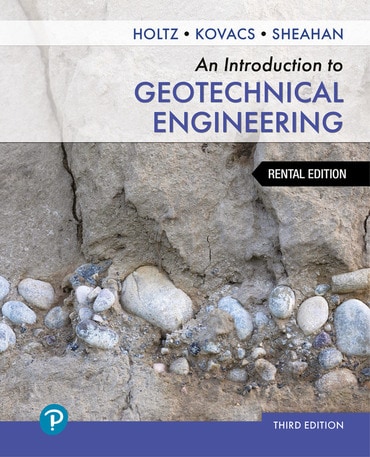Switch content of the page by the Role togglethe content would be changed according to the role
Introduction to Geotechnical Engineering, An, 3rd edition
Published by Pearson (July 27, 2022) © 2023
- Robert D Holtz University of Washington
- William D. Kovacs University of Rhode Island
- Thomas C. Sheahan
eTextbook
per month
$74.99
Need help? Get in touch

Digital Learning NOW
Extend your professional development and meet your students where they are with free weekly Digital Learning NOW webinars. Attend live, watch on-demand, or listen at your leisure to expand your teaching strategies. Earn digital professional development badges for attending a live session.

